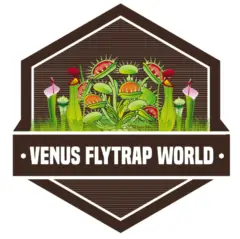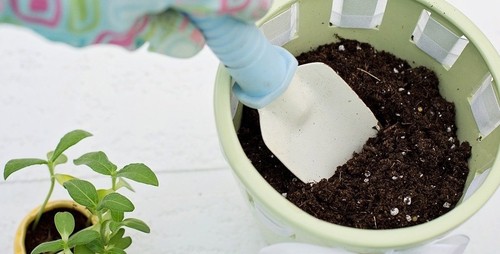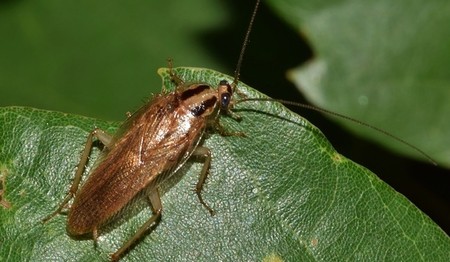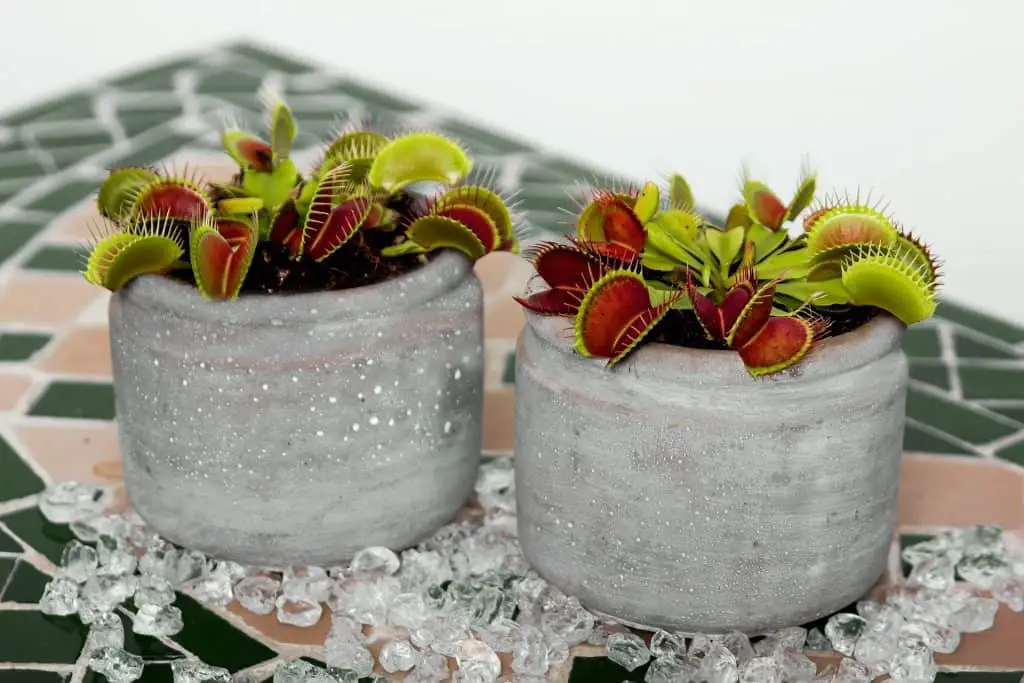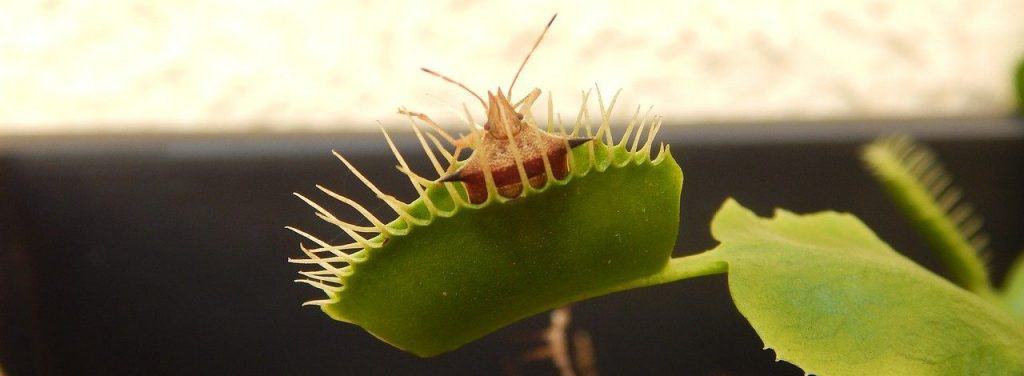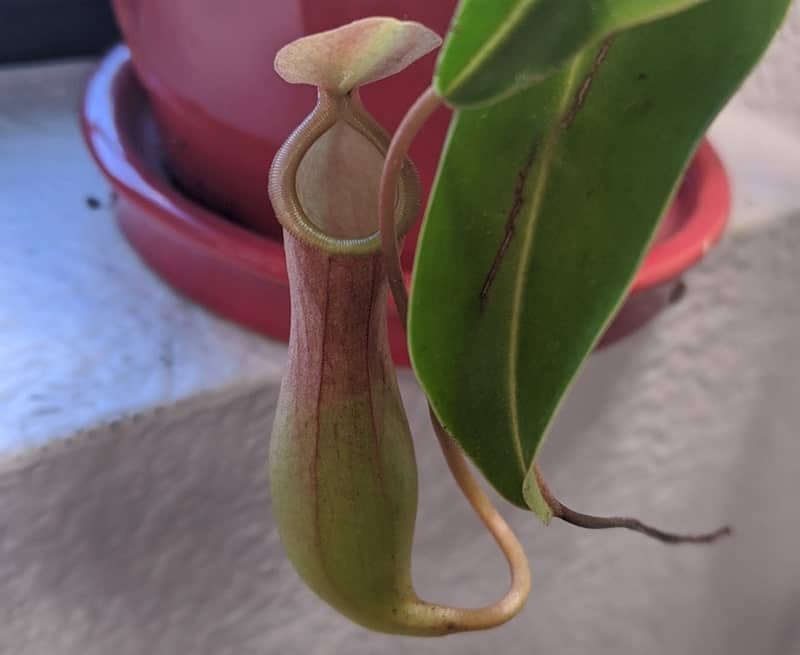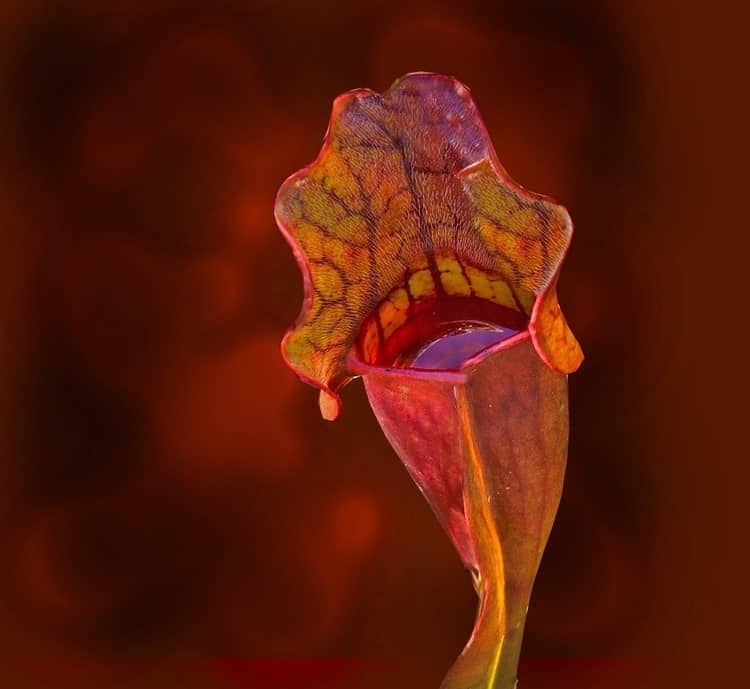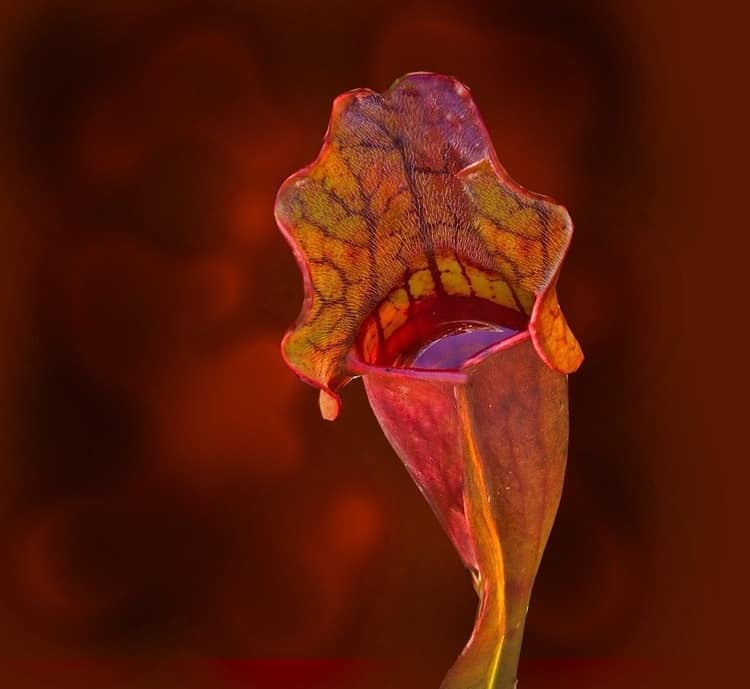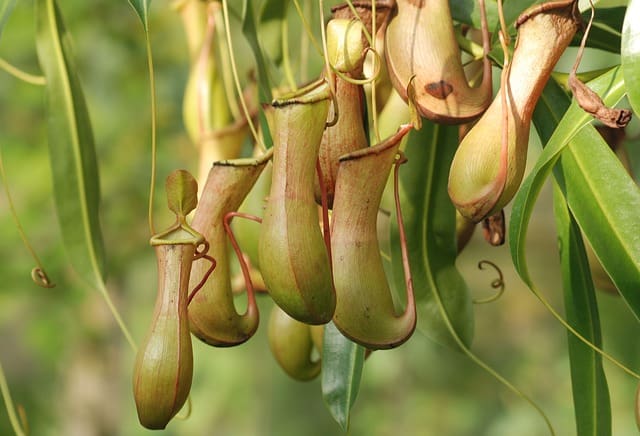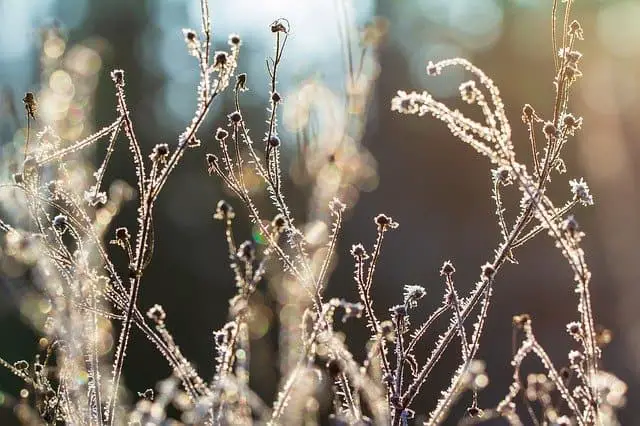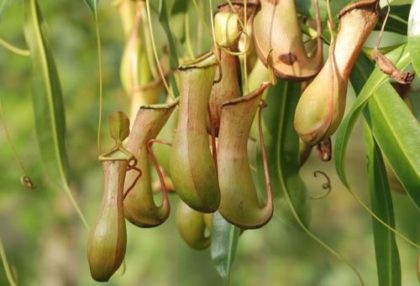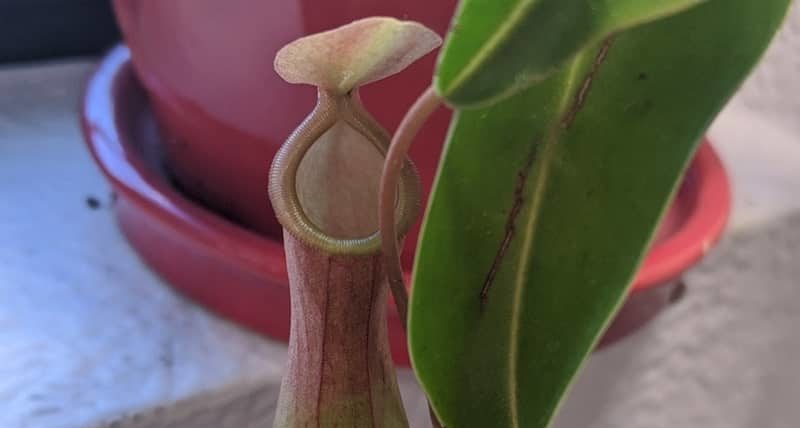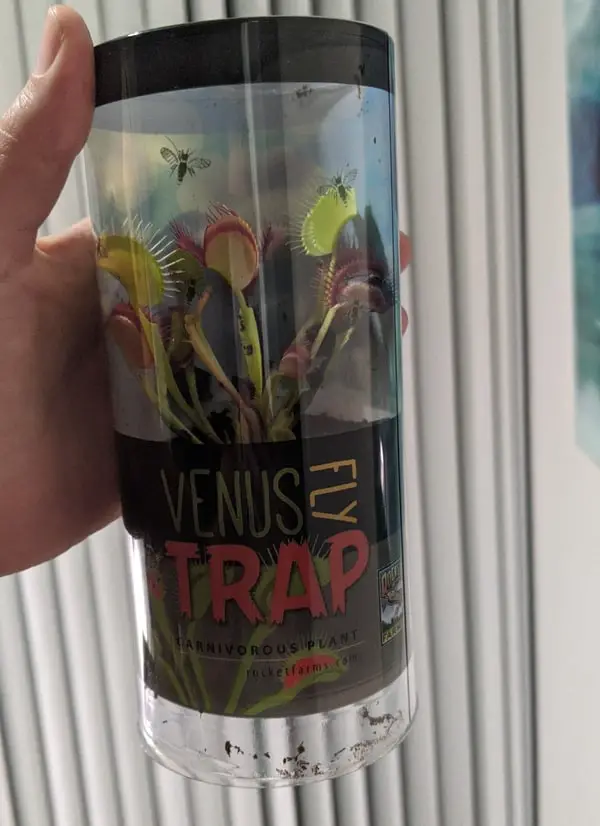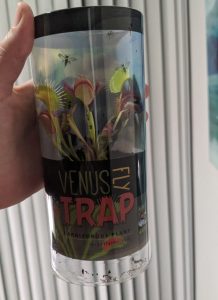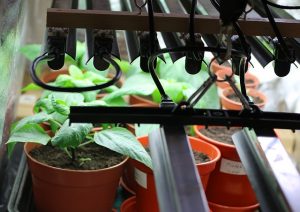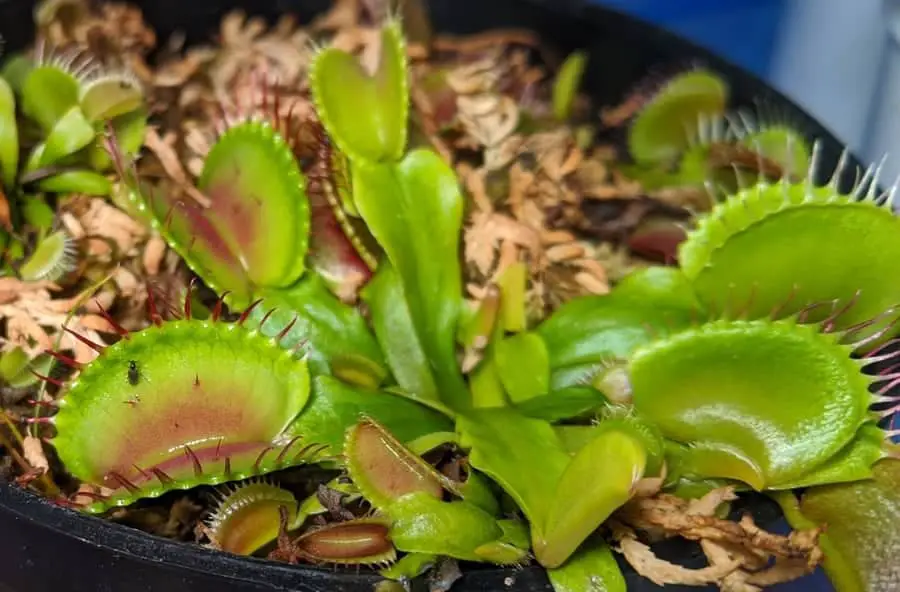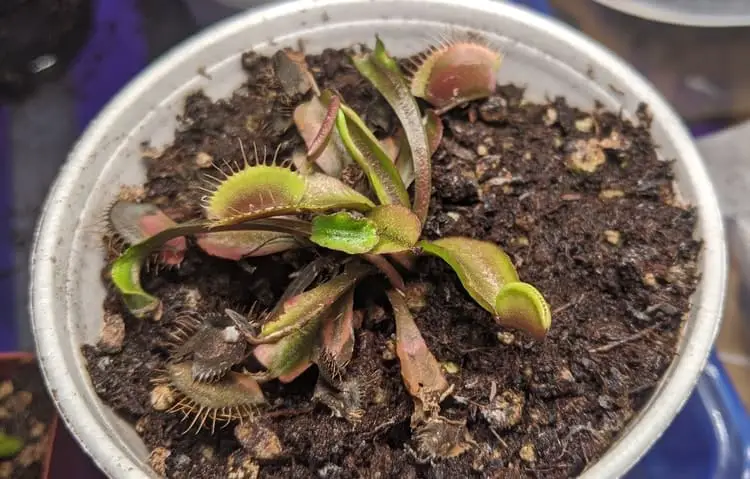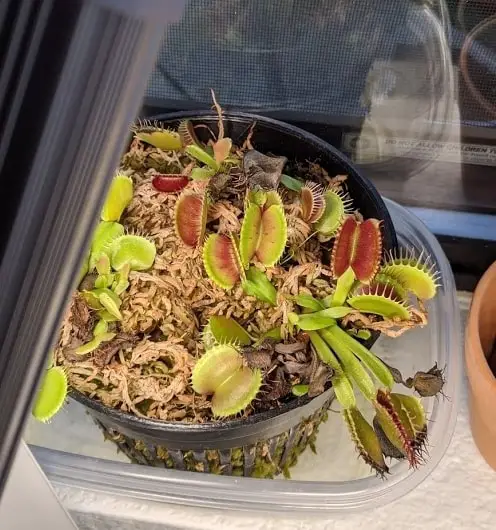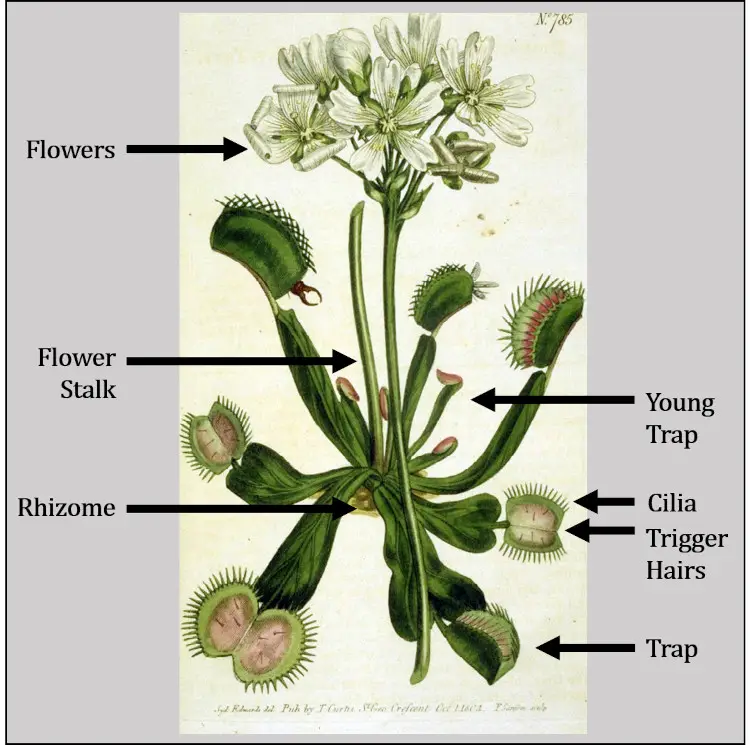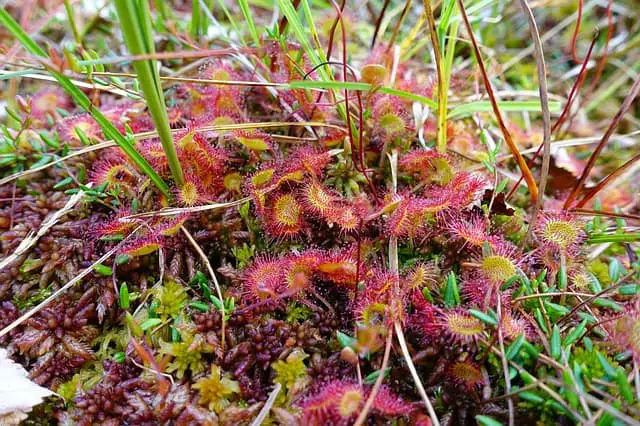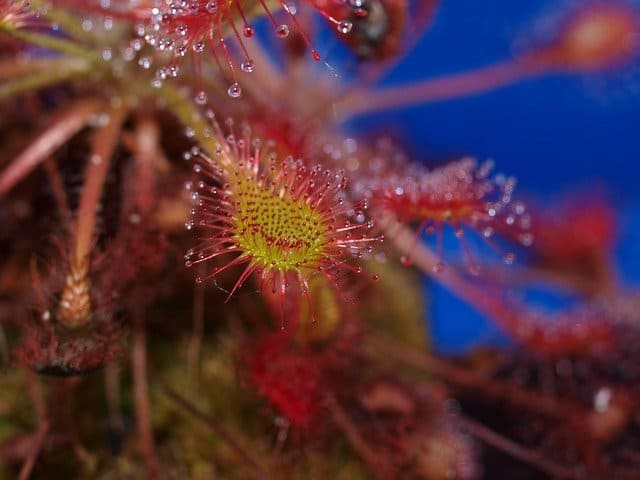Before choosing a pot and soil for Venus flytraps, it is important to consider drainage. There are many different ways to grow Venus flytraps effectively, and drainage is a key factor.
Venus flytraps thrive in good draining soil and pots with drainage holes. Venus flytraps need to be watered often, but standing water can slow down their growth. Good drainage prevents the plant from suffering from root rot and mold infestation.
Drainage is key to keep a Venus flytrap healthy. This article will outline some specific strategies to add drainage to your plants through pots and soil.
Is Drainage Necessary for Venus Flytraps?
Not all plants require drainage. Some grow better with drainage holes. But at the end of the day, the owner decides and chooses the pots and soil. For example, many plant owners prefer pots without drainage holes in indoor locations.
Venus flytraps need continuously humid soil. They thrive in moist but not damped environments. For best results, avoid overwatering and employ soil and pots with drainage.
Venus flytraps are resilient plants. People grow them all over the world. They adapt to a variety of temperatures and humidity levels. Still, the moisture level in the soil is important. Venus flytraps suffer in standing water and can develop life-threatening issues such as root rot.
It is possible to grow Venus flytraps in pots without drainage holes. But it is not recommended. The last section of this article will give you some recommendations on the best way to grow Venus flytraps without drainage.
For best results, grow Venus flytraps in pots with drainage holes and employ good draining soil. It can be a challenge to grow Venus flytraps. It is always recommended to start with a suitable setup.
Well-Draining Soil for Venus Flytraps
Good drainage for plants starts with the soil. Some potting mixes are known for draining water at different levels. Some hold water for long periods, other drain water very quickly.
Venus flytraps can only grow in nutrient-free fertilizer-free soil. Also, it is recommended to add a draining agent such as sand or perlite to their potting.
In the wild, Venus flytraps fly traps grow in inferior soil. The soil has no nutrients. As a result, Venus flytraps have developed an intolerance to nutrients in the soil.
Potting a Venus flytrap in standard potting soil will kill the plant. Venus flytraps require nutrition-less potting media. There are a few options for making carnivorous plant soil appropriate for Venus flytraps.
Carnivorous plant soil is usually made by combining a moss, such as long-fibered sphagnum moss or peat moss, with a drainage agent, such as silica sand or perlite.
All elements in the potting media must be pure. They cannot be enriched or contain any minerals.
It is possible to grow Venus flytraps in a pure moss media. Drainage is not strictly necessary in the soil. However, it can be beneficial for several reasons.
- A drainage agent in the soil loosens up the soil and prevents root growth.
- Drainage agents aerate the media and prevent rotting and mold issues (this is how you can get rid mold) (this is how you can get rid mold) .
- Potting media with drainage prevents soil compression.
For best results when growing Venus flytraps, add perlite and sand and combine it with moss to make carnivorous plant soil. There is no exact science on how much of the drainage agent you should employ. But, you can use this general rule:
When making carnivorous plant soil, always employ either sand or perlite. The potting media should be at least 20% sand or perlite, and the rest moss. You can also employ up to 50% sand or perlite, with the remaining 50% being peat or sphagnum moss.
Here are a few recipes to make good carnivorous plant soil for Venus flytraps.
- 4:1 or 2:1 ratio of peat moss and perlite
- 4:1 or 2:1 ratio of peat moss and silica sand
- 4:1 or 2:1 ratio of sphagnum moss and perlite
- 4:1 or 2:1 ratio of sphagnum moss and silica sand
If you want more information about soil for Venus flytraps, you can read this article. It teaches you all you need to know about soil, and it guides you through the Venus fly trap potting and repotting process.
Do Venus Flytraps Need Pots With Drainage?
The pot you employ to grow a Venus flytrap can make a huge difference. The material, size, and presence of drainage holes are important considerations.
The best pots for Venus flytraps are 6 inches tall; they are made of plastic or glazed ceramic and have drainage holes. The drainage holes are critical to keep the plant healthy and avoid overwatering.
Venus flytraps have long roots. They thrive in tall pots that promote growth. The material of the pot is also significant.
Venus flytraps are very sensitive to minerals. Always chose a pot that won’t leach minerals to the ground. Clay or terracotta pots tend to leach elements to the soil. Some Venus flytraps can overcome a mild presence of minerals in the media, but there are no guarantees. The best strategy is to choose plastic or glazed ceramic pots for your Venus flytrap. Styrofoam is another suitable option that provides insulation.
The drainage holes in Venus flytrap pots are critical. They prevent standing water in the root area. It is possible to keep a Venus flytrap in nursery pots as long as they have drainage holes.
Employing a net pot is also a suitable option. Net pots are effective for holding potting media based on long-fibered sphagnum moss. Net pots provide drainage and aeration all around and can be placed in a water tray.
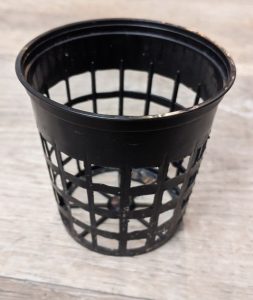
The Water Tray Method
Pots with drainage holes are very useful to implement a very effective watering technique for Venus flytraps: the water tray method.
Employing the water tray method is simple. You only need three things: a Venus flytrap pot with drainage holes, water, and a tray.
The water has to be pure; it cannot contain any minerals or elements. Never water Venus flytraps with tap water or bottled water. Instead, employ distilled water, reverse osmosis water, or rainwater.
The tray should be capable of holding one to two inches of water.
These are the instructions for implementing the water tray strategy for a Venus flytrap:
- Place the Venus flytrap pot inside the empty water tray.
- Add pure water to the water tray until it reaches an inch in depth.
- Do not add any more water.
- Wait until the water has just dried up to fill up the tray once again.
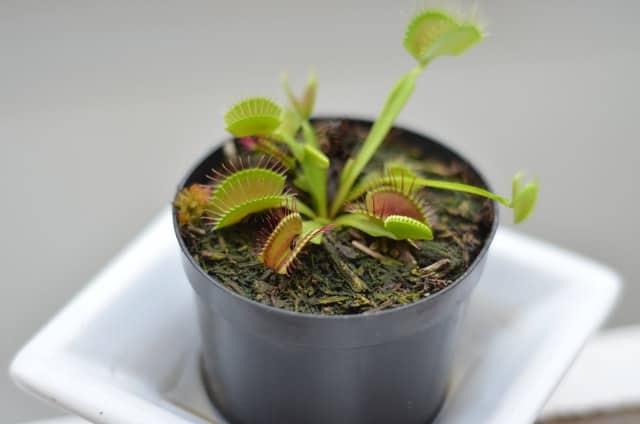
Can You Grow Venus Flytraps in Containers Without Drainage?
Venus flytraps can adapt to different environments.
It is possible to grow Venus flytraps in pots with no drainage holes, but it is a challenge. Venus flytraps thrive in humid environments, but they do not like sitting in standing water. For that reason, closed containers without drainage are not the best option.
To avoid running into issues. You must be methodical when watering your plant.
Water the soil of the Venus flytrap until it is humid all around. After watering, the soil should feel moist but never damp. Never overwater the ground, or the excess humidity can affect the plant’s health by attracting bacteria or fungus.
I have grown Venus flytraps in containers without drainage. The image below shows a terrarium I built; it holds 2 mature Venus flytraps. The container has no drainage holes, but it has a layer of pebbles to hold the water and prevent the soil from turning acidic. The plants have continued to grow without issues for several
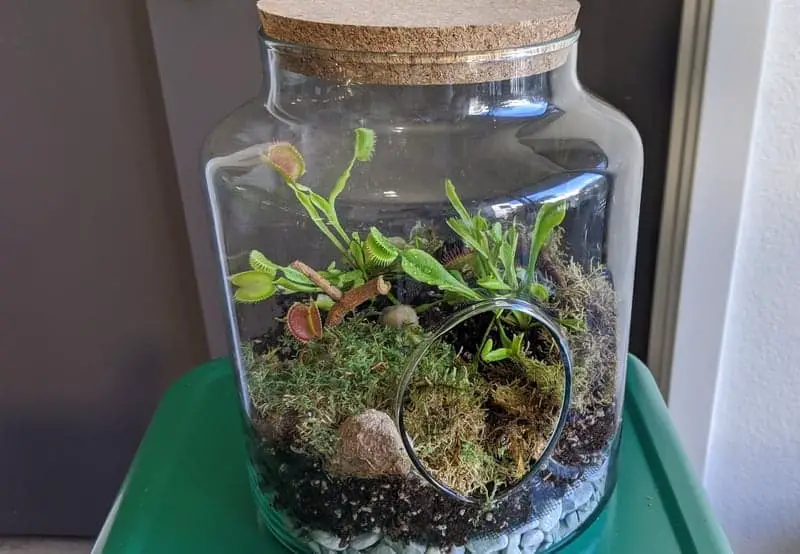
Drainage has two elements: soil and pot. You should at least implement one element to keep Venus flytraps healthy. If you choose a pot without drainage, at least select soil with perlite or silica sand. Perlite and silica are draining agents. They are very effective at breaking up the soil and providing aeration.
Final Thoughts
Growing Venus flytraps is a rewarding experience. It can also be very challenging, especially for first-time owners. This website contains tons of useful resources for carnivorous plant enthusiasts. But, maybe the most useful article is a Complete Venus Flytrap Care Guide (link to the article). Follow the link and learn all you need to know to keep Venus flytraps alive. Also, you can download a Venus Flytrap Care Sheet for your reference.
